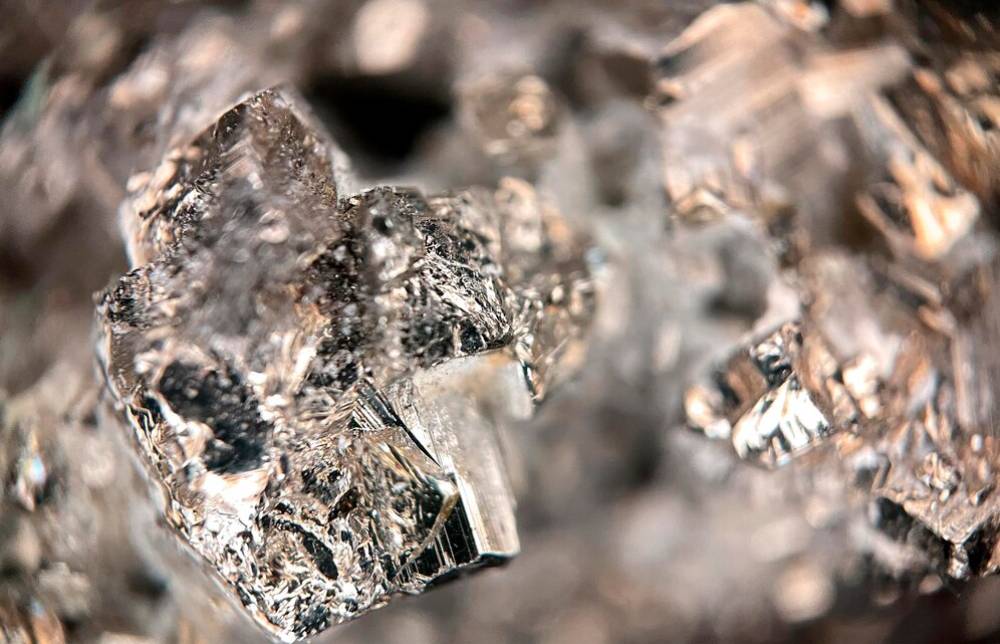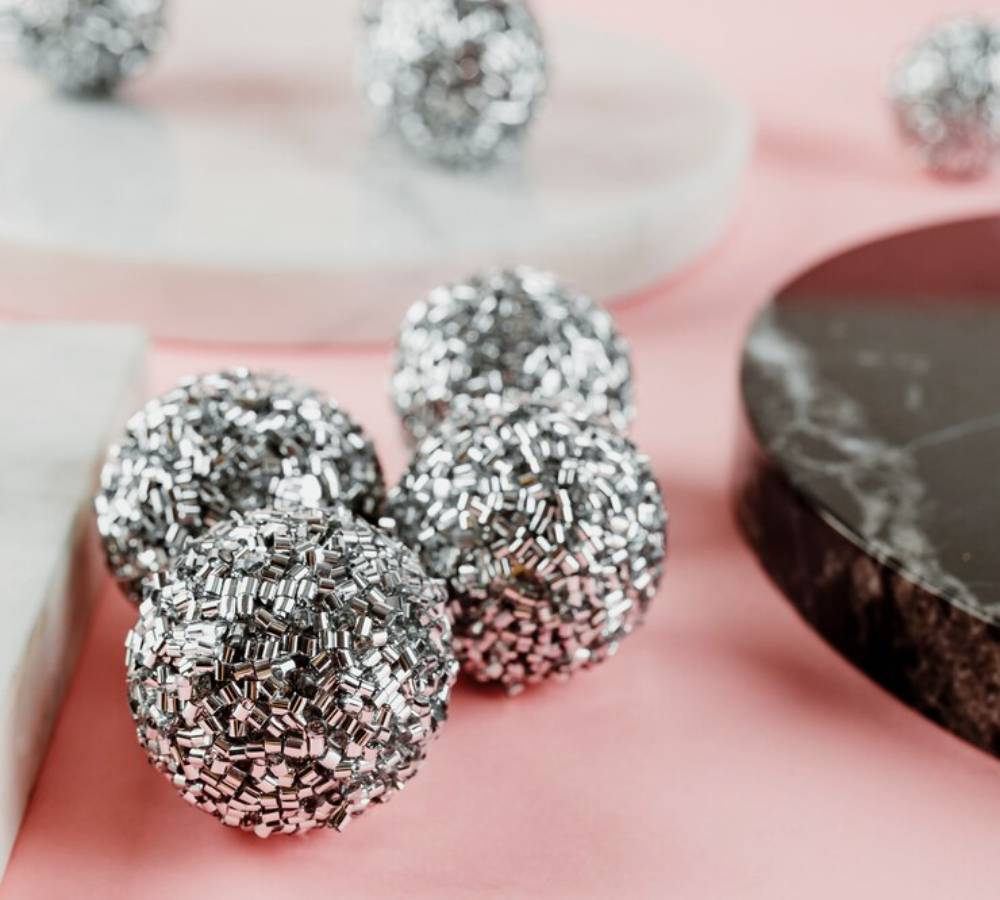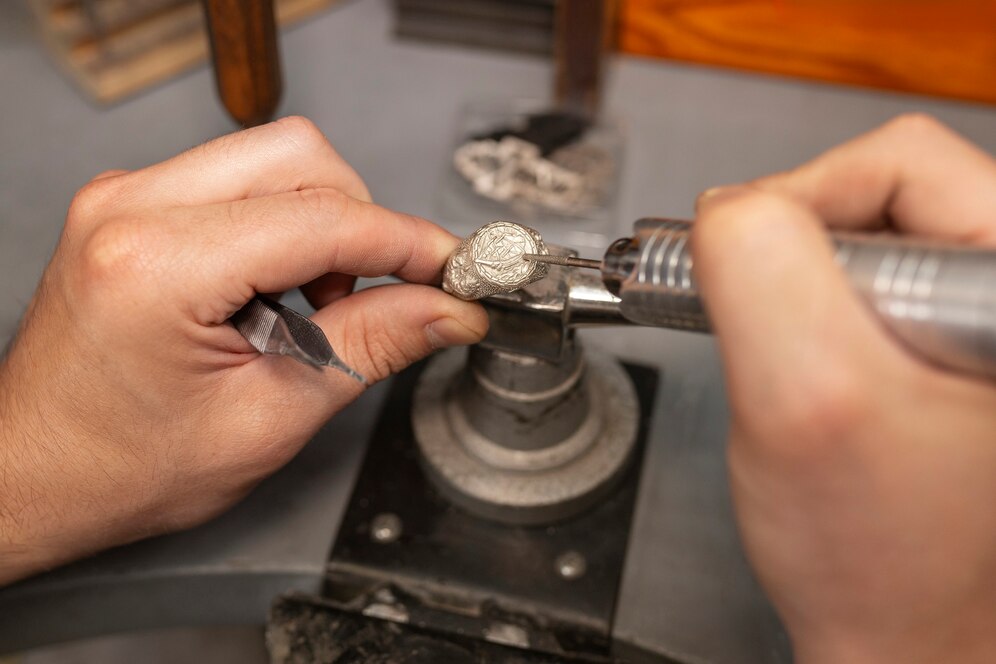
Investing in Platinum & Palladium: Hidden Gems in Precious Metals
Gold and silver shine at the forefront of precious metal investing. Hidden gems exist in platinum and palladium. They are often overlooked, but they hold great potential. These rare metals have many industrial applications, making them essential investments. They are smart diversifiers. Demand is high in the automotive, tech, and green energy sectors. Embrace platinum and palladium to safeguard against inflation and fortify your portfolio strategy.
This guide unveils the treasure trove of platinum and palladium investments. Find out what drives their prices and learn innovative ways to invest in these gems. Your journey to financial brilliance starts here!
Why Invest in Platinum and Palladium?

Platinum and palladium present sparkling opportunities that outshine traditional metals. These precious metals are in high demand and have a limited supply, so that they may see price increases. Thus, they shine as savvy investments.
1. Rarity and Limited Supply
- Rarer than gold by a factor of thirty, platinum and palladium are precious gems.
- South Africa and Russia hold the keys to platinum mining. Russia also claims the lion’s share of palladium production. This geopolitical landscape makes their supply a high-stakes game.
- Scarcity enhances their long-term value, like fine wine ageing in a cellar.
2. Industrial Demand
- Unlike gold, platinum and palladium are more than just investment glitter. They play pivotal roles across various industries.
- Crucial for catalytic converters, they cut emissions and drive cleaner air. Palladium steals the spotlight for gasoline-powered cars, proving its worth.
- Platinum’s industrial demand is increasing due to the rise of hydrogen and renewable energy.
3. Portfolio Diversification
- Investing in these rare metals enriches your portfolio’s diversity. This shields you from over-dependence on stocks, bonds, and familiar precious metals.
- They often do well when markets are shaky, or tensions rise. They serve as a safety net.
4. Inflation Hedge
- Like gold and silver, platinum and palladium stand firm against inflation’s creep. They preserve value when fiat currencies start to falter.
- Watch their prices rise when the economy is uncertain. They are a sign of stability.
Platinum vs. Palladium: Key Differences

Both metals belong to the platinum group, but they have unique traits. Their price changes and investment factors also differ.
1. Price and Volatility
- Platinum used to cost more than palladium. This was because platinum is rarer and has a higher industrial demand.
- Palladium prices have jumped in recent years. This rise is due to supply shortages and more use of gasoline vehicles.
- Palladium is more volatile than platinum. This makes it a favourite for short-term traders.
2. Industrial Use
- Platinum is used in diesel engines, while palladium dominates gasoline-powered vehicles.
- Palladium has done better than platinum in recent years. This is due to falling diesel vehicle sales.
- Platinum is used in jewellery, electronics, and renewable energy. This makes it very versatile.
3. Supply Chain Risks
- Palladium production depends a lot on Russia. This makes it vulnerable to geopolitical issues.
- Platinum mining is concentrated in South Africa, posing its supply chain risks.
- Supply shocks can lead to price surges, benefiting investors.
Ways to Invest in Platinum and Palladium
Diving into the shimmering world of platinum and palladium offers a spectrum of possibilities. Each avenue comes with its treasure trove of advantages and pitfalls.
1. Physical Bullion
For those who crave a tactile connection, physical bullion is the way to go. Picture owning bars and coins that shine as brightly as your ambitions.
- Coins: Standouts like the Platinum American Eagle and the Canadian Maple Leaf Palladium are favourites.
- Bars: Available in various weights, typically starting at 1 oz.
- Pros: You gain direct ownership of a valuable, tangible asset.
- Cons: Secure storage and insurance are essential. Also, liquidity may lag behind gold.
2. Exchange-Traded Funds (ETFs)
If you prefer simplicity, ETFs might be your golden ticket to the platinum and palladium world.
- Check out the Aberdeen Standard Physical Platinum Shares ETF (PPLT) and the Aberdeen Standard Physical Palladium Shares ETF (PALL).
- These funds hold the metal, offering price exposure minus the storage hassle.
- Pros: Highly liquid and a breeze to trade—just like flipping a coin.
- Cons: You may face management fees and some tracking errors.
3. Futures and Options Contracts
Futures contracts allow bold investors to bet on price changes without owning the metal.
- Trade them on exchanges like the New York Mercantile Exchange (NYMEX).
- Options grant you the right (but not the obligation) to buy or sell at a set price.
- Pros: Unleash the potential for significant gains using leverage.
- Cons: This approach is complex and risky—like walking a financial tightrope.
4. Mining Stocks
If you want a different approach, consider investing in mining companies. This gives you indirect exposure to platinum and palladium.
- Heavyweights like Sibanye Stillwater, Impala Platinum, and Anglo-American Platinum lead the charge.
- Mining stocks often dance in step with metal prices, paving the way for possible profits.
- Pros: You could reap dividends and watch your capital grow.
- Cons: Company-specific risks loom large, along with the volatility of the mining sector.
5. Mutual Funds and Index Funds
Mutual or index funds are great options if you want diversity in your investments.
- These funds spread risk among many companies. This helps reduce the impact of changes in individual stocks.
- Pros: Benefit from professional management and built-in diversification.
- Cons: Watch out for management fees and the risk of underperformance.
To navigate the platinum and palladium seas, choose your vessel wisely! Each investment approach offers its adventure.
Factors Affecting Platinum and Palladium Prices
Understanding the key price drivers is essential for making informed investment decisions.
1. Automotive Demand
- Catalytic converters make up more than 75% of palladium demand. They also account for about 40% of platinum demand.
- A shift towards electric vehicles (EVs) could reduce demand for these metals in the long term.
- However, the rise of hydrogen fuel cells (which use platinum) may offset this decline.
2. Geopolitical Risks
- Russia controls about 40% of the world’s palladium supply. So, sanctions or political issues can cause shortages and price hikes.
- South Africa’s mining strikes or power shortages can disrupt platinum supply.
3. Currency Fluctuations
- Platinum and palladium, like other commodities, are priced in US dollars. This makes them sensitive to changes in currency value.
- A weaker US dollar usually raises metal prices. In contrast, a stronger dollar can lower them.
4. Investment Demand
- More interest from institutions and retail investors in platinum and palladium ETFs can raise prices.
- Rising safe-haven demand during economic uncertainty also boosts prices.
Risks and Considerations
Platinum and palladium can diversify your portfolio and help it grow. But they also carry risks.
1. Volatility
- Both metals experience price swings, making them volatile investments.
- Palladium, in particular, is prone to rapid price spikes.
2. Industrial Dependence
- Prices rely heavily on industrial demand, making them sensitive to economic cycles.
- A decline in automotive production can negatively impact prices.
3. Liquidity Issues
- Platinum and palladium are less liquid than gold or silver. This means they can be harder to sell quickly.
- ETFs and futures provide more liquidity and flexibility.
Conclusion

Platinum and palladium are hidden gems in the precious metals market. They offer unique chances for diversification and growth. Their industrial use and rarity can boost a balanced investment portfolio. They also help hedge against inflation.